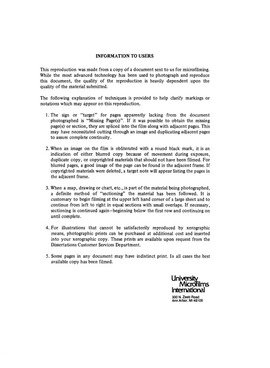| dc.description.abstract | Organotin(IV) carboxylates of the formula {(C(, 6)H(, 5))(, 3)P(CH(, 2))(, 2)CO(, 2)SnR(, 3)}('+) X('-) where X is a halide or pseudohalide were prepared through the nucleophilic displacement of the anions in R(, 3)SnX compounds by the phosphonobetaine (C(, 6)H(, 5))(, 3)P(CH(, 2))(, 2)CO(, 2). Double salts, {(C(, 6)H(, 5))(, 3)P(CH(, 2))(, 2)CO(, 2)SnR(, 3)}('+) {R(, 3)SnX(, 2)}('-), were obtained by adding R(, 3)SnX to the already formed simple salts. The products are associated materials with triphenylphosphonium cations. The non-ionic phosphinylacetates, (C(, 6)H(, 5))(, 2)P(O)CH(, 2)CO(, 2)SnR(, 3), were synthesized from the condensation reaction between diphenylphosphinylacetic acid and the organotin(IV) hydroxide or oxide, and they are weakly associated oligomers. The phosphinyl oxygen is coordinated to the tin. The diorganotin(IV) derivatives are six-coordinated, trans-oxtahedra. In the case of the related sulfinylacetates, C(, 6)H(, 5)S(O)CH(, 2)CO(, 2)SnR(, 3), coordination to the tin takes place through the sulfinyl oxygen when the R group is aliphatic and through the carboxylate oxygen when the R group is aromatic. The much less basic ketonic oxygen in the 2-benzoylbenzoates, {2-C(, 6)H(, 5)C(O)C(, 6)H(, 4)CO(, 2)}(, n)SnR(, 4-n) (n = 1, 2), is not involved in coordination. The structures of all these di- and triorganotin(IV) carboxylates were probed by a number of spectropic techniques such as NMR, ir, Raman, mass, and Mossbauer spectroscopies. The second half of this dissertation deals with the X-ray crystal and molecular structures of the 1:1 adducts of diorganotin(IV) dichlorides with oxygen donor ligands. The dimethyltin(IV) dichloride complexes with (C(, 6)H(, 5))(, 2)C(, 2)C=O and 2,6-(CH(, 3))(, 2)C(, 5)H(, 3)NO are dimeric in the solid state with trans-methyl groups. The diphenyltin(IV) dichloride complex with the latter ligand, however, is monomeric in the solid state, and is a structurally characterized example of a monomeric 1:1 R(, 2)SnCl(, 2) adduct. The magnitudes of the carbon-tin-carbon angles in these diorganotin(IV) systems are found to correlate well with the values predicted by Mossbauer partial quadrupole splitting calculations. The methyl groups occupy the equatorial positions in (CH(, 3))(, 3)SnCl(.)2,6-(CH(, 3))(, 2)C(, 5)H(, 3)NO. | en_US |
